Introduction: The Mystery Behind a Clove
If you’ve ever chopped garlic and felt that unmistakable tingle in your nose or sting on your tongue, you might have wondered—why is garlic spicy? Unlike chili peppers with their capsaicin-loaded heat, garlic brings a different kind of fire to the table. Let’s unravel the mystery of garlic’s spiciness through science, kitchen wisdom, and a dash of fun.
Garlic’s Secret Weapon: Allicin Unleashed
Garlic isn’t spicy when it's whole. It only starts to release its firepower when you cut, crush, or chew it. Here’s where allicin comes into play:
- Allicin is a sulfur-containing compound formed when garlic cells are damaged.
- It acts as a natural defense mechanism to deter pests.
- This compound is responsible for garlic’s pungency, aroma, and even some of its health benefits.
Think of allicin like a tiny kitchen ninja—it’s dormant until you unleash it with your knife or mortar.
Science Meets Spice: Why Allicin Feels Hot
Unlike capsaicin (the compound that makes chilies hot), allicin doesn't activate the same heat receptors in your mouth. Instead, it triggers a reaction from your TRPA1 receptor, which senses irritants and cold temperatures.
| Compound | Source | Sensation | Target Receptor |
|---|---|---|---|
| Allicin | Garlic | Sting / Pungency | TRPA1 |
| Capsaicin | Chili Peppers | Burning Heat | TRPV1 |
So while both compounds can make you tear up, they do it in completely different ways—like two chefs using different knives to dice an onion.
Garlic Heat Scale: How Does It Compare?
On the Scoville scale used for measuring chili pepper heat, garlic doesn’t even get a number because its spice is not measured the same way. However, if we were to create a fictional garlic heat index, here’s how different forms might stack up:
| Form of Garlic | Relative Spiciness Level | Description |
|---|---|---|
| Whole Clove | Low | No reaction—still dormant |
| Minced Fresh Garlic | High | Max allicin activation |
| Roasted Garlic | Very Low | Heat breaks down allicin |
| Garlic Powder | Moderate | Less volatile than fresh |
| Garlic Oil | Medium-High | Concentrated flavor and bite |
Practical Tips: Control Garlic’s Kick Like a Pro Chef
If you love garlic but want to manage its intensity, try these expert-approved tricks:
- Use Whole Cloves – Add them to soups or stews and remove before serving for subtle flavor without the burn.
- Roast It First – Roasting mellows garlic significantly and adds sweetness.
- Add Fat Early – Cook garlic in oil or butter first to soften its bite.
- Soak Chopped Garlic – Soaking in lemon juice or vinegar reduces pungency.
- Don’t Over-Chop – Less chopping means less allicin release—try slicing instead of mincing.
How to Reduce Garlic Breath (and That Lingering Afterburn)
We all know garlic leaves a lasting impression—not just on dishes, but on your breath too. Here’s how to fight back:
- Drink Milk – Especially whole milk. It binds to allicin better than water or beer.
- Eat Fresh Herbs – Parsley, cilantro, or mint can neutralize odor-causing molecules.
- Brush Your Tongue – Allicin sticks around there, so don’t skip this step when brushing teeth.
- Try Apple or Lemon Juice – Studies show they break down garlic volatiles effectively.
Myths vs. Facts: Busting Garlic Heat Misconceptions
| Myth | Fact |
|---|---|
| Garlic gets spicier the more you cook it. | Actually, prolonged heat destroys allicin, reducing its sharpness. |
| Only garlic cloves are spicy. | The entire plant (including green shoots and scapes) contains sulfur compounds. |
| Peeling garlic removes the spiciness. | The skin doesn’t hold flavor, but removing it helps release it faster during cooking. |
| Garlic is bad for digestion because it’s spicy. | While strong raw garlic can be harsh, moderate use supports digestion and gut health. |
Spice Level Hack: Make Garlic Mild or Wild with These Methods
Want precise control over garlic’s heat? Here’s a comparison of preparation methods and their impact:
| Method | Effect on Spice | Best Use Case |
|---|---|---|
| Raw & Minced | Maximum heat and flavor | Dips, dressings, raw sauces |
| Raw & Sliced Thinly | Mild to medium heat | Pizza, salads, bruschetta |
| Blended in Oil | Intense, smooth bite | Pasta, marinades |
| Gentle Sauté | Mellowed flavor | Base for most dishes |
| Slow Roasted | Very mild, sweet notes | Bread, spreads, condiments |
Fun Fact: Garlic Was Once Used as a Weapon!
In ancient times, garlic was believed to ward off evil spirits, vampires, and even diseases. While modern science laughs at vampire myths, it does support garlic’s antimicrobial properties—making it a literal chemical weapon against bacteria and fungi!
The Evolutionary Advantage of Garlic's Defense System
Garlic's spiciness reveals a sophisticated evolutionary arms race. Unlike chili peppers that evolved capsaicin primarily to deter mammals (while allowing bird dispersal), garlic developed allicin as a broad-spectrum defense against insects, fungi, and browsing animals. This sulfur-based compound creates an immediate burning sensation that deters predators without relying on visual cues—making it effective against nocturnal pests. Crucially, humans represent a rare exception to this defense system: we co-opted garlic's chemical warfare for culinary and medicinal use, turning a survival mechanism into a global flavor staple. This biological adaptation explains why garlic remains potent across diverse ecosystems while lacking the visual warnings common in other spicy plants.
Conclusion: Garlic’s Fire is More Than Just Spice
So, why is garlic spicy? Because of allicin, a powerful compound born from damage and activated by cutting, crushing, or chewing. This sulfur-based chemical gives garlic its signature kick and a range of health benefits. Whether you love it bold and raw or gentle and roasted, garlic is one of nature’s most flavorful gifts.
Next time you’re in the kitchen, remember—you’re not just seasoning food. You’re activating chemistry, crafting flavor, and wielding a clove with centuries of culinary power behind it.
Now go forth and garlic-fy your meals with confidence, knowledge, and maybe a slice of bread to cool things down!
Frequently Asked Questions About Garlic's Spiciness
Why does garlic become spicy only after cutting or crushing?
Garlic contains inactive alliin compounds stored separately from the enzyme alliinase. Physical damage mixes these components, triggering a chemical reaction that produces allicin—the pungent compound responsible for garlic's heat.
Can I completely eliminate garlic's spiciness while cooking?
While you can't eliminate it entirely, heat significantly reduces allicin. Roasting above 140°F (60°C) for 15+ minutes breaks down most pungency compounds, transforming sharpness into sweet, caramelized flavors ideal for spreads and sauces.
Why does garlic cause lingering breath when other spices don't?
Allicin metabolizes into volatile sulfur compounds that enter your bloodstream and are expelled through lungs for hours. Unlike surface-level spice residues, these compounds require systemic neutralization via milk, parsley, or enzymatic breakdown from apples.
Does garlic spiciness indicate freshness or potency?
Yes—stronger raw bite often signals higher allicin potential and freshness. However, optimal flavor depends on preparation: minced fresh garlic delivers maximum pungency, while roasted offers milder complexity. Potency varies by cultivar and growing conditions.

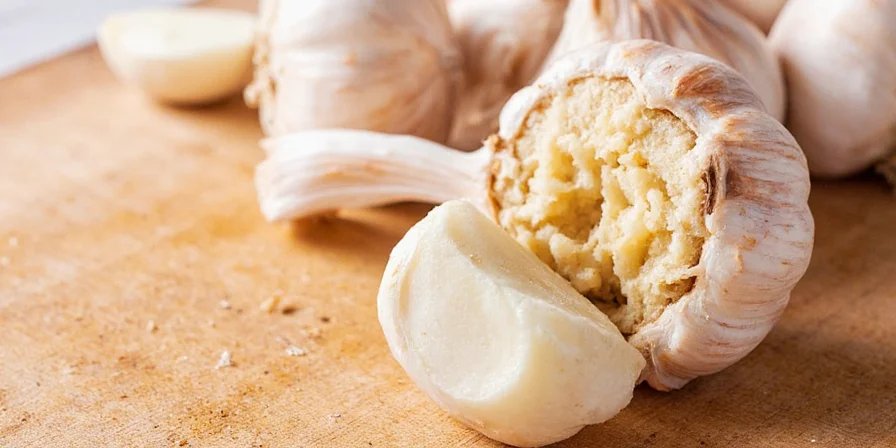
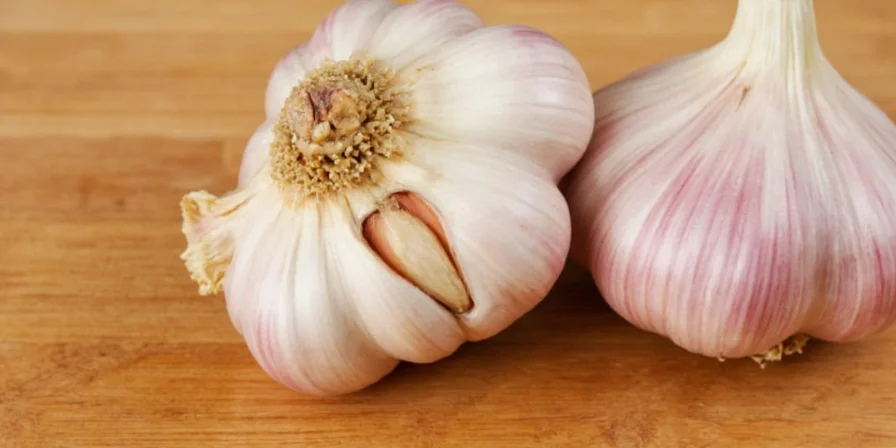

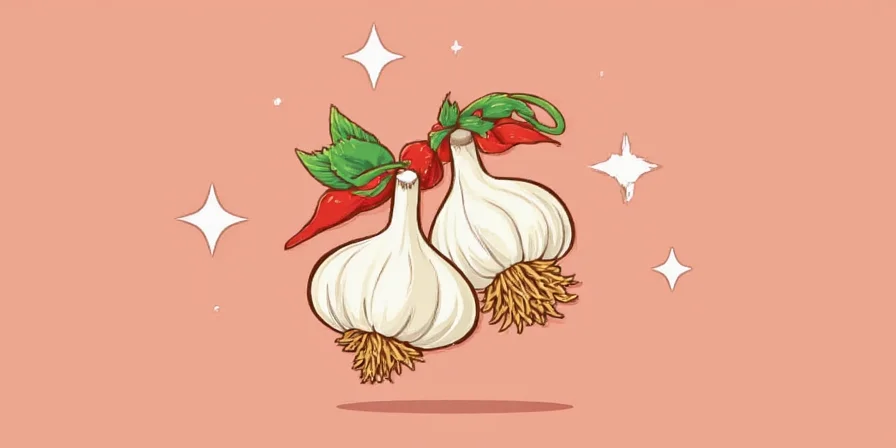
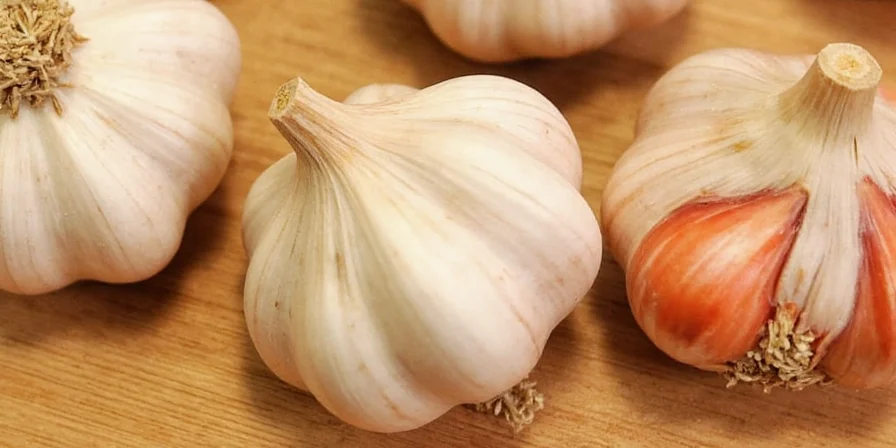
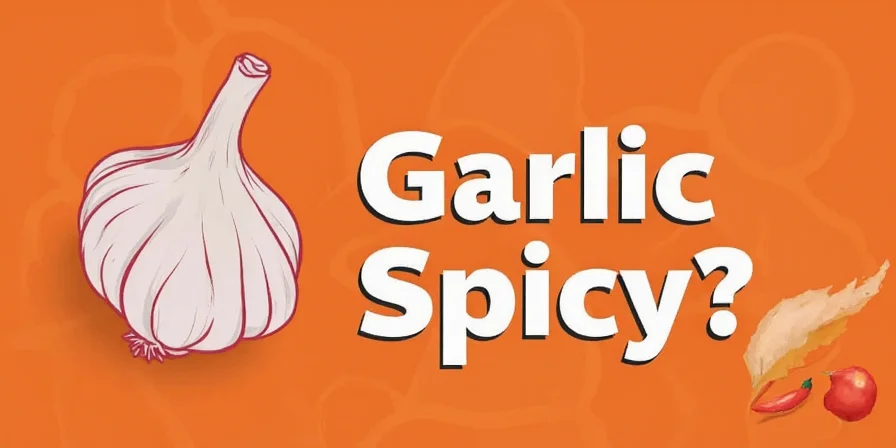









 浙公网安备
33010002000092号
浙公网安备
33010002000092号 浙B2-20120091-4
浙B2-20120091-4